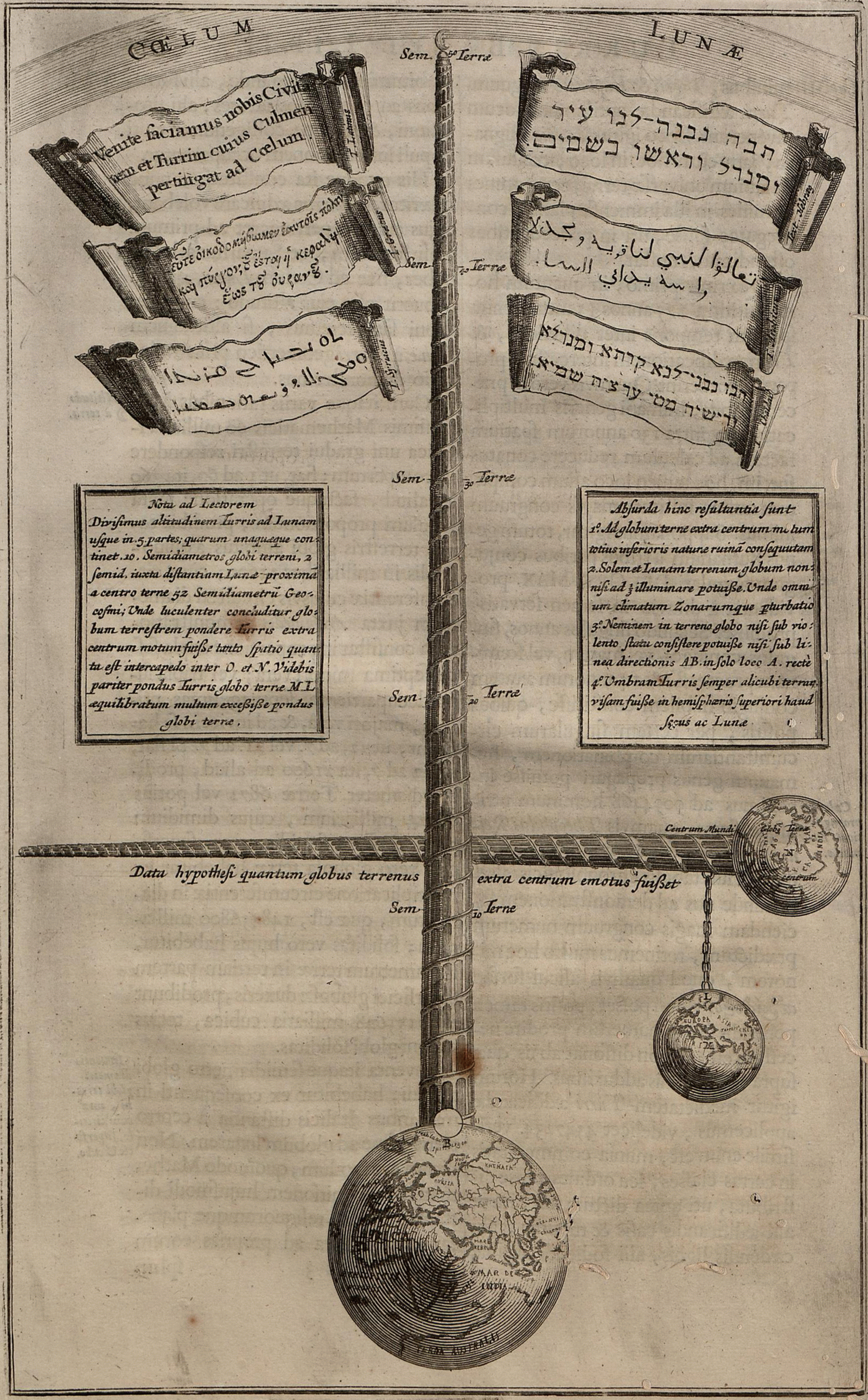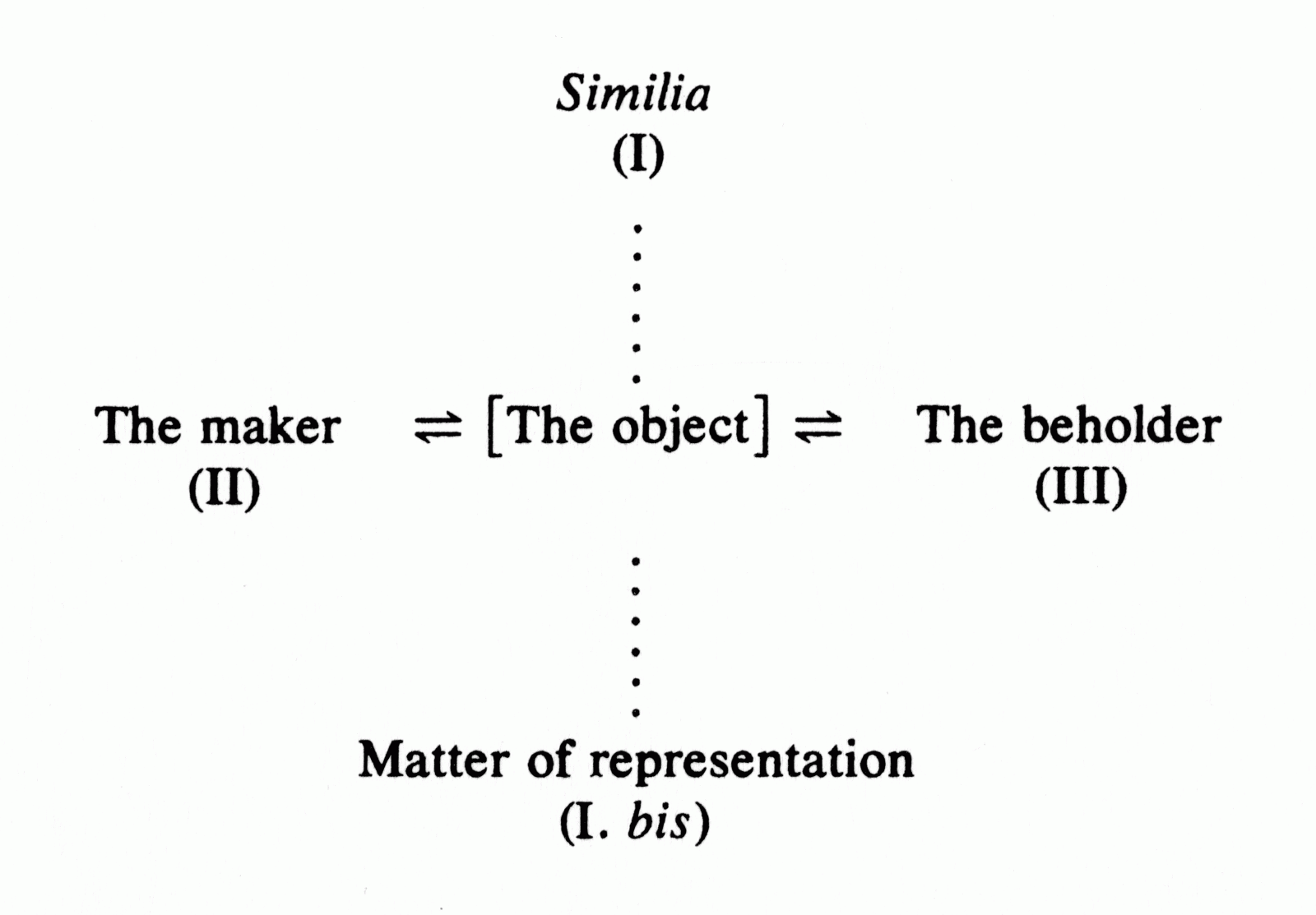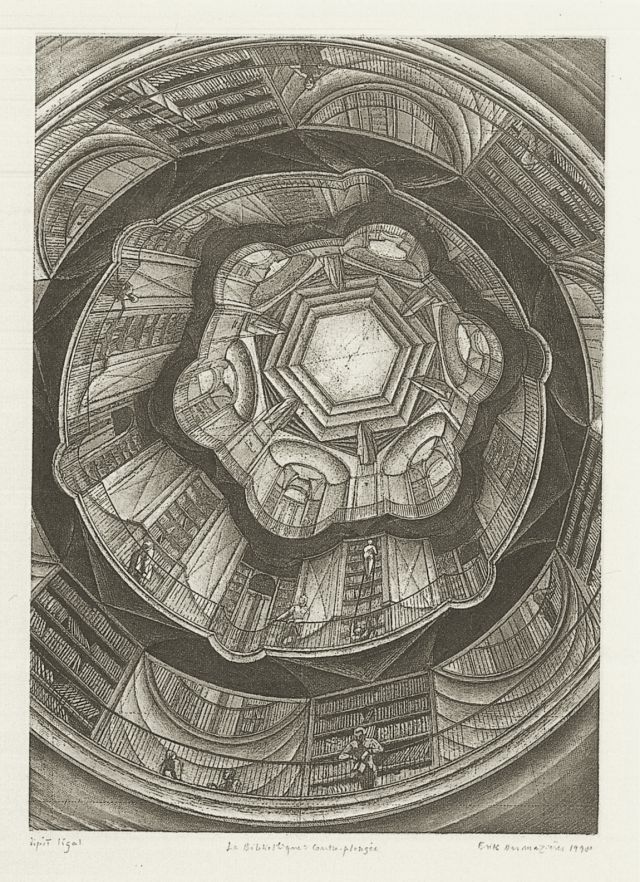Research
Languages of Art History
Giovanna Targia with Alessandro Nova

Athanasius Kirchner: Turris Babel, 1679
Alongside the discipline of art history’s traditional and avowed focus on physical objects of visual interest, art historians have long embraced the study of modern and ancient languages as central to their work and have long recognized larger linguistic questions as bearing on their scholarship. This historical matter of fact speaks at once to the discipline’s contingent debt to philological methods as well as to what can well be understood as art history’s general objective: the verbal reconstruction of the visual past. As an overall goal, however, such a task opens out quite quickly onto historically and culturally specific questions about the limits to and adequacy of such an undertaking as well as onto general problems about the nature of verbal and visual representation as such.
Languages of Art History takes the concatenation of topics that this state of affairs raises as its starting point and by doing so aims to query both the historical origins, current state, and future directions of the place of language within art historical research.

Michael Baxandall, The Language of Art History, in: New Literary History, Vol. 10, No. 3 (Spring, 1979), p. 458
How did conventions of art historical writing come into being across various linguistic traditions, and how have they survived and developed out of inter-linguistic exchange? Are there historical moments in which the discourses of art history have been transformed due to the encounter between diverse linguistic traditions, and if so, what lessons can be drawn from such cases for current attempts to work across linguistic boundaries? How does the rise of English to the status of a default language among art historians affect the broader state of the discipline? Does English exert a homogenizing effect on art historical discourse, or might the exchange of diverse traditions of scholarship in English serve to render the conceptual scope of language itself more heterogeneous and expansive? How does the language of art history relate to the “languages” that surround it, both those of neighboring scholarly disciplines as well as the modes of vernacular expression that surround the works of art it studies? Does the history of art constitute a technical language of its own, comparable to that of other disciplines in the humanities and sciences? To what extent has a specialized vocabulary of art always existed? Are there key terms in specific traditions of art historical scholarship and art making that are “untranslatable”? Are there art historical concepts that exist in certain linguistic traditions but not in others? If so, what can or should be done in such cases?



